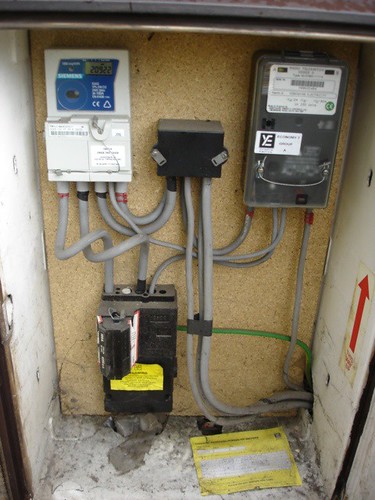Even if the teleswitch was connected up incorrectly and being metered, the amount of electricity they actually consume is tiny. I’d expect it use somewhere in the region of 2 watts compared with your 375 watts your meter is registering.
375W is not an insignificant load. Imagine six old fashioned 60W light bulbs on all the time.
Your teleswitch is connected up using terminals 1,2,4,7,8 (left to right) as shown on this diagram

Picture from John Ward’s YouTube video.
375W is not an insignificant load. Imagine six old fashioned 60W light bulbs on all the time.
Your teleswitch is connected up using terminals 1,2,4,7,8 (left to right) as shown on this diagram
Picture from John Ward’s YouTube video.



